Grow Your Own Microgreens
Microgreens add fresh flavor and nutrients to salads, sandwiches, smoothies and stir-fries. These plants are harvested when they’re young, usually about two weeks after planting.
Plus, microgreens contain about five times more vitamins than if grown to mature vegetables, according to USDA researchers. Adding microgreens to smoothies will boost the nutritional content without adding strong flavors.
While you’re waiting to start seeds for the spring, try growing microgreens for a fun winter project. They’ll also be the perfect complement to your indoor herb garden.
6 Steps to Grow Winter Microgreens:
- Soak seeds in room temperature water for no more than eight hours before you plant them.
- Select a container that will hold an inch of soil. This can be a seed-starting tray, plastic take-out dish, disposable pie plate or even a clear salad box.
- Punch a few drainage holes in the bottom. Set container on a cookie sheet, plastic tray or container to prevent spillage.
- Add 1” of Espoma’s Seed Starter and sprinkle with seeds. Lightly cover seeds with soil and water lightly.
- Cover container with a damp paper towel or newspaper to keep the seeds from drying out. Lift the cover daily and spray lightly with water until sprouting begins.
- Remove the cover when sprouts appear and move microgreens to a sunny windowsill.
- Harvest microgreens by cutting the tops with scissors when they are 2” or taller. Rinse sprout tops in a strainer. Microgreens can be stored in a plastic bag in the refrigerator for up to 5 days.
- Continue harvesting microgreens for up to three weeks.
Dreaming of the outdoors? Learn how to plant veggies in containers for next year!

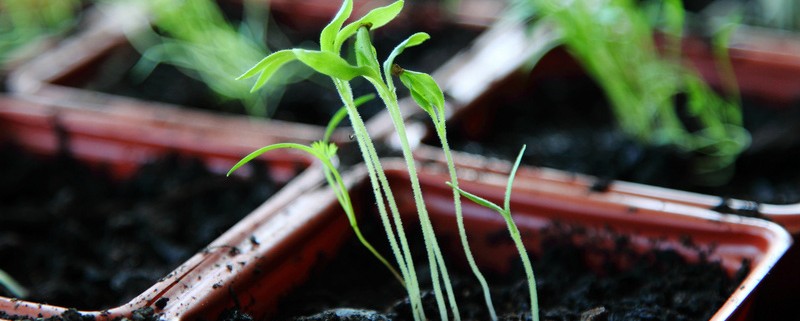
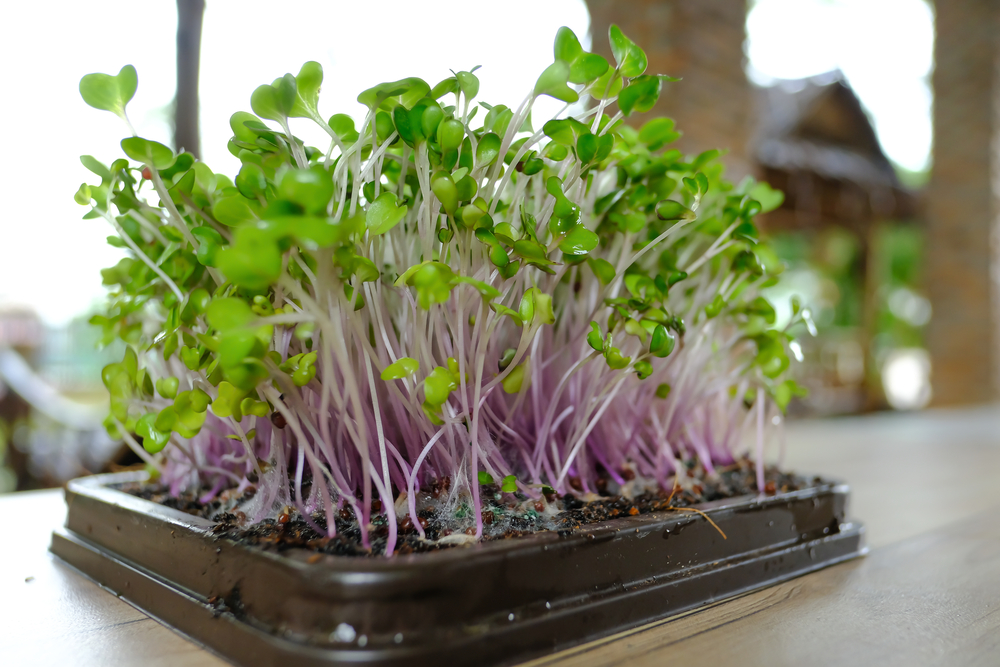



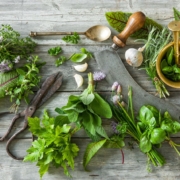
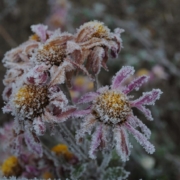
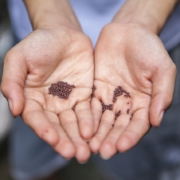

Trackbacks & Pingbacks
[…] A healthy population of microbes in the soil is necessary for the digestion process. Moisture is required to sustain microbial life as well as to keep nutrients flowing into the plants root zone. And soil temperature is critical because as it rises, plants require nutrients more rapidly. […]
[…] A healthy population of microbes in the soil is necessary for the digestion process. Moisture is required to sustain microbial life as well as to keep nutrients flowing into the plants root zone. And soil temperature is critical because as it rises, plants require nutrients more rapidly. […]
Comments are closed.